Dak Nong UNESCO Global Geopark is located in the southwest of the Central Highlands, at the end of the Truong Son mountain range, with its boundaries stretching across 5 districts and 1 city including Krong No, Cu Jut, Dak Mil, Dak Song, Dak G'long districts and Gia Nghia city. As part of the poetic and majestic M'Nong plateau, Dak Nong UNESCO Global Geopark is a place where typical values of geology, geomorphology, archaeology, culture and biodiversity of the region converge.
Geological and geomorphological values
The most special feature in the Dak Nong UNESCO Global Geopark area is the system of basalt caves, distributed in the Dray Sap-Chu R'luh area, discovered in 2007. This volcanic cave system has been recognized by the Japan Volcanic Cave Association as a Southeast Asian record for its scale, length and uniqueness.
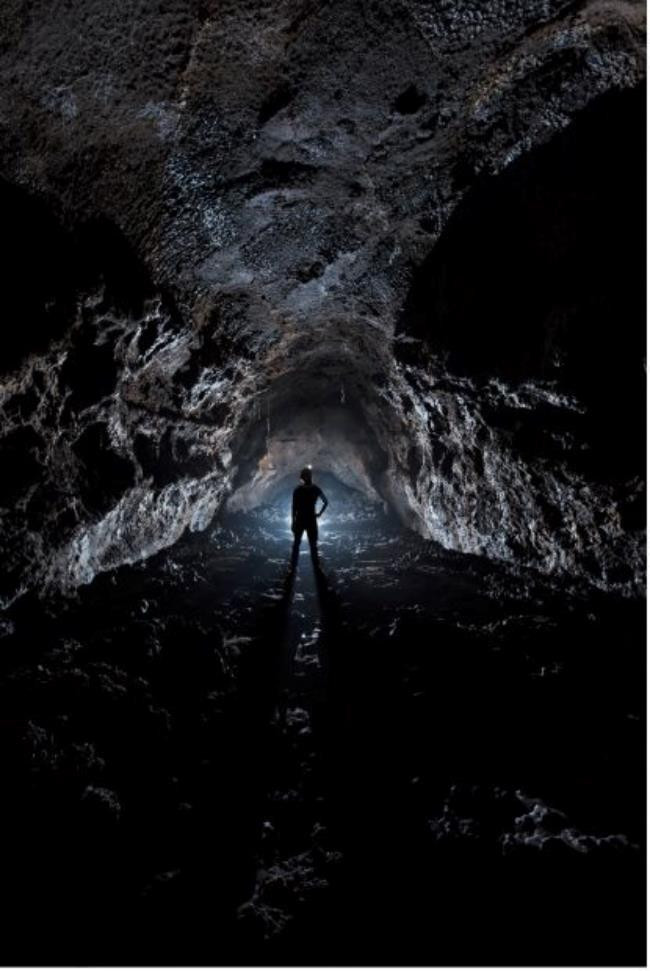
The caves still contain many secrets about the formation mechanism, mineral complexes, biodiversity and archaeological sites... One of the typical geological landscapes in the Krong No Volcanic Geopark area - Dak Nong.
In the Geopark area, there are also paleontological heritages such as fossils of Ammonites, Clams, Bivalves... to prove that during this period this place was still part of a large ocean.
In addition, there are also poetic natural lakes such as Ea Sno Lake, West Lake... formed from tectonic depressions, unique and characteristic volcanic craters such as Nam Blang, Nam Kar, Bang Mo.... and a system of beautiful and majestic waterfalls such as Gia Long waterfall, Trinh Nu waterfall, Dray Sap...
In addition, Dak Nong UNESCO Global Geopark also has diverse and rich mines and mineral deposits of bauxite, antimony, tin placer, pozzolan, precious stones and especially large-sized semi-precious stones opal - chalcedony.
Archaeological values
The discoveries of prehistoric archaeological sites inhabiting the volcanic cave area of the Geopark have attracted the attention of many researchers and domestic and foreign tourists.
Initial research results, along with the collection of archaeological relics with a fairly dense density, recorded that this is a cultural vestige of the Late Neolithic and Early Metal Age residents dating back (6,000 - 3,000 years) to the present day.
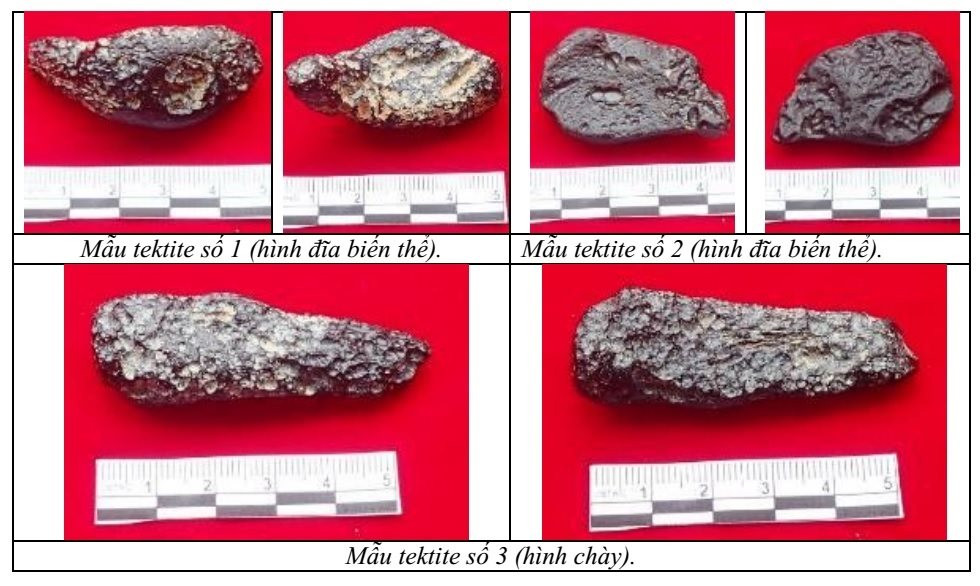
The discovered archaeological relics include stone tools, raw stones and disc-shaped stone tools, short axes, flake tools, flakes, stones, grinding stones, etc.
Regarding pottery, there are many types of items, with different thicknesses and thinness, made from sandy clay. The patterns on the pottery pieces are quite sharp and diverse, such as dots, fabric tiles, rope patterns, etc.
There are also animal bones, animal bone fragments and even prehistoric human bones.
Cultural values
Dak Nong UNESCO Global Geopark is also an area with a rich culture and history, with tangible and intangible cultural values such as: The Central Highlands Gong Cultural Space was recognized by UNESCO in the List of Intangible Cultural Heritage of Humanity; the special national relic of the Ho Chi Minh Trail and 5 other national relics such as: Dak Mil Prison, B4 Resistance Base - Interprovincial IV, N'Trang Guh Historical Monument, Hill 722 Victory Site - Dak Sak, The contact point for the opening of the Ho Chi Minh Trail from the Southern Central Highlands to the Southeast.
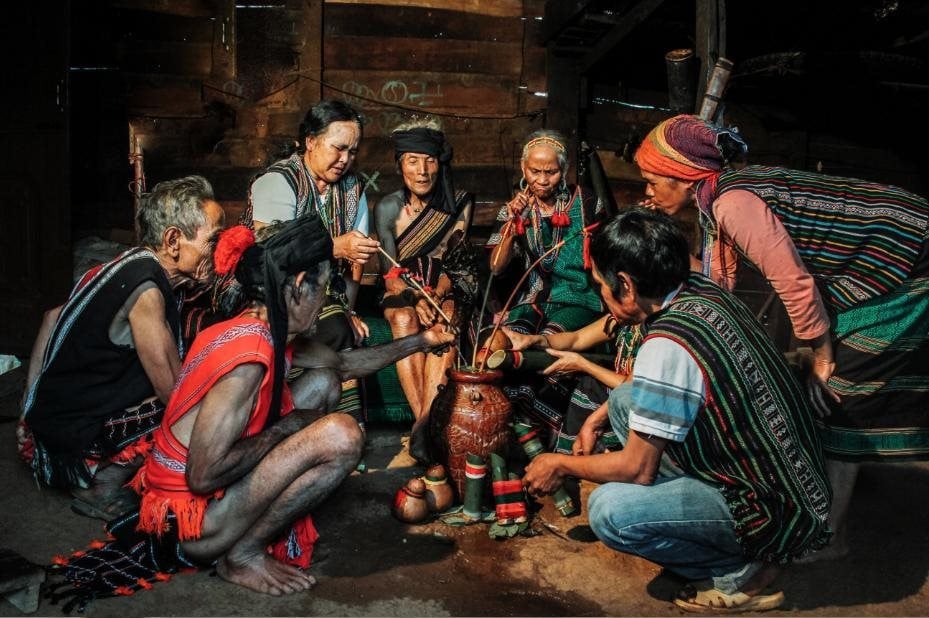
Dak Nong UNESCO Global Geopark is also a place to help visitors experience the diverse and rich spiritual life of most ethnic groups in the province, clearly expressed through folk beliefs, rituals, festivals, folk literature, performing arts, folk games,... cultural heritages that need to be preserved, conserved and promoted.
Biodiversity values
Nam Nung Nature Reserve, Ta Dung National Park, Dray Sap special-use forest - landscape and a southern part of Yok Don National Park (Ea Po commune, Cu Jut district) are places that preserve the typical values of biodiversity of the Dak Nong UNESCO Global Geopark area.
The flora and fauna system in the Geopark is very rich with many rare breeds and species, listed in the Vietnam and world Red Book such as: Elephants, tigers, wild buffalo and many primate species (White-cheeked Black Langur, Black-shanked Douc, reptiles, Hornbill, Red-faced Chicken); Three-sided Oak, Pine Peak, Sao, Trac, Giáng Hương, Căm Xe...
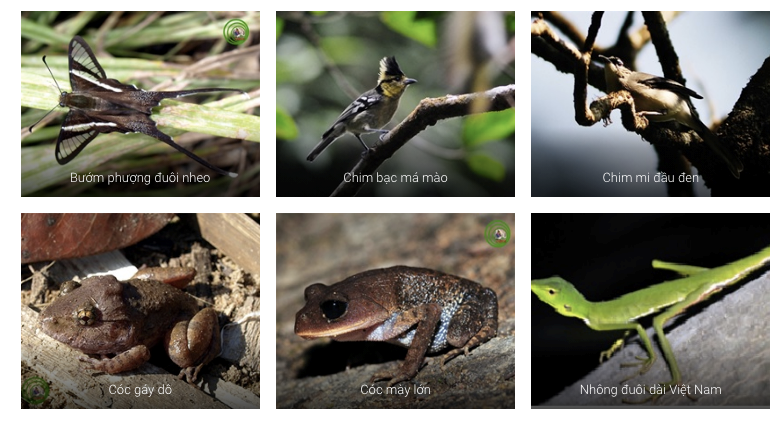
This is a great potential for Dak Nong UNESCO Global Geopark to develop eco-tourism models, exploration, biodiversity research... attracting scientists as well as domestic and foreign tourists to visit and research.
With the above typical values, it can be seen that Dak Nong UNESCO Global Geopark is an extremely valuable asset, not only of the ethnic communities of Dak Nong province but also of Vietnam and of humanity.
Dak Nong UNESCO Global Geopark is recognized as a member of the UNESCO Global Geopark Network as one of the noble and meaningful heritage titles. On the one hand, this title honors the values of geological science according to strict criteria, the beauty of local landscapes, culture and biodiversity, on the other hand, this is also a model of sustainable socio-economic development that many countries in the world, especially developing countries, are pursuing.
The construction and sustainable development of the Geopark according to UNESCO's orientation not only contributes to tourism development and the preservation of local heritage values, but also contributes to promoting the economic development of districts and cities in the Geopark area.
Source


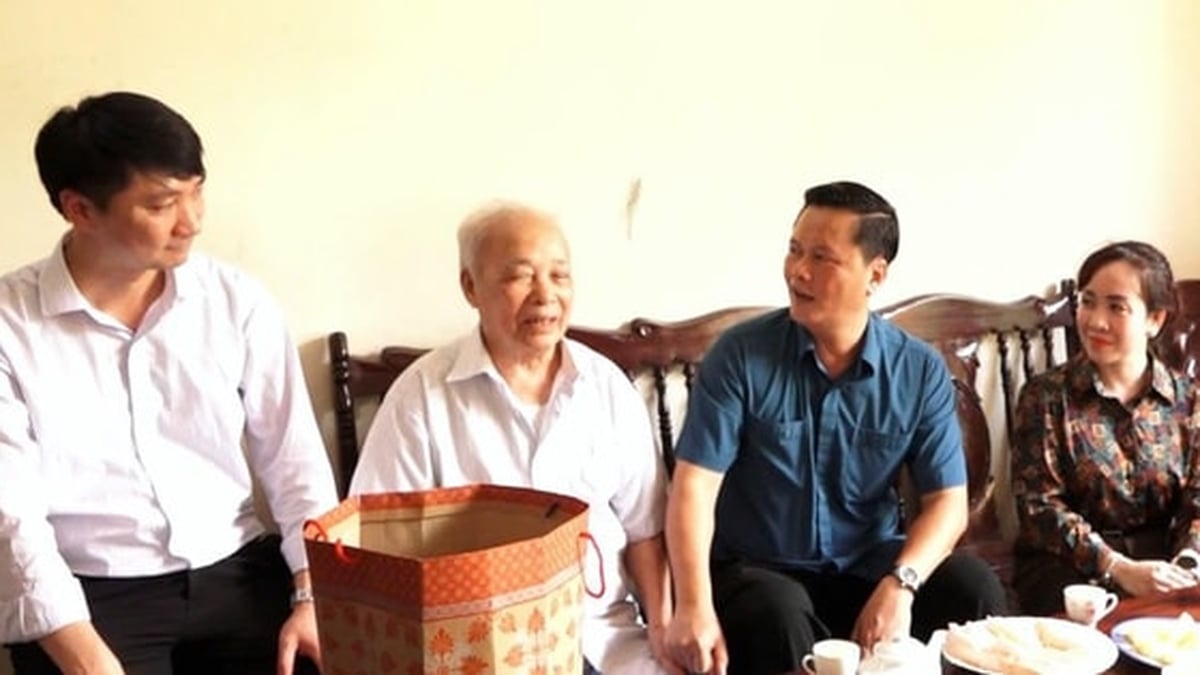
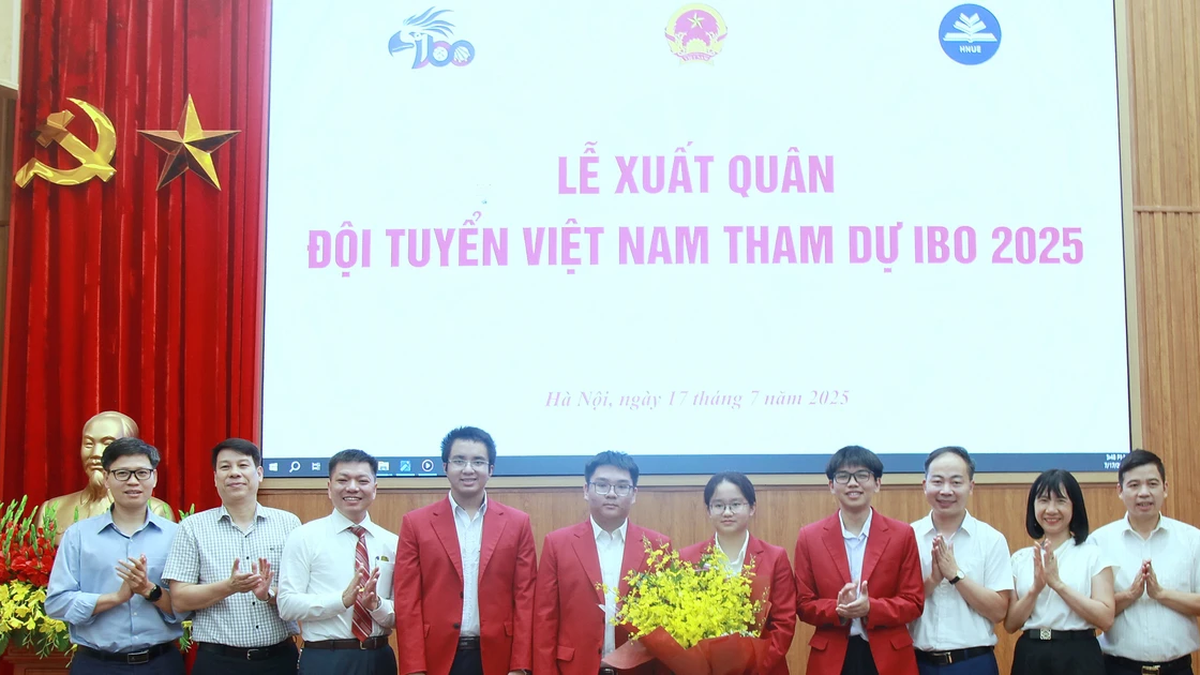
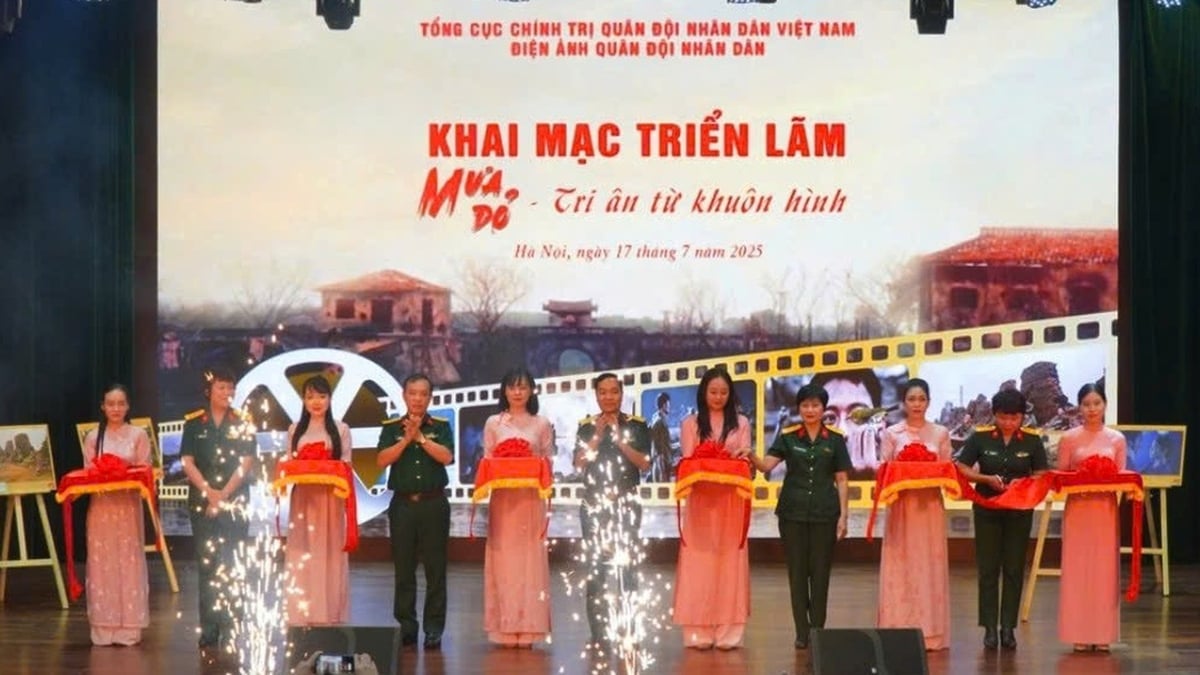
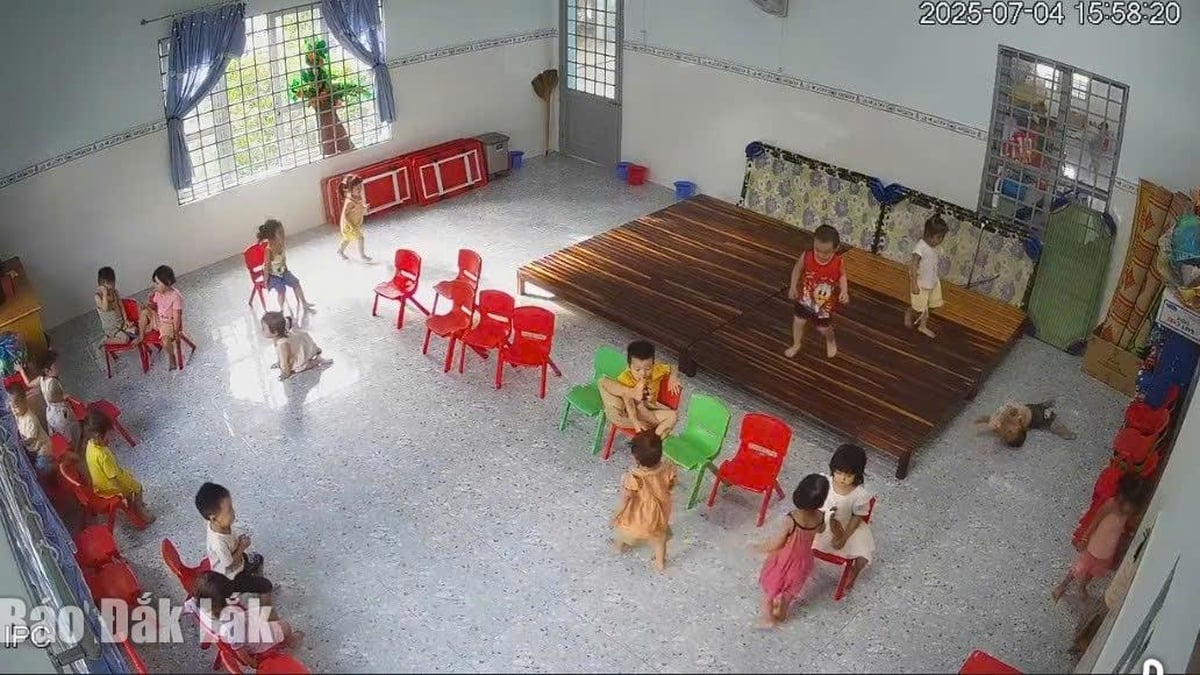

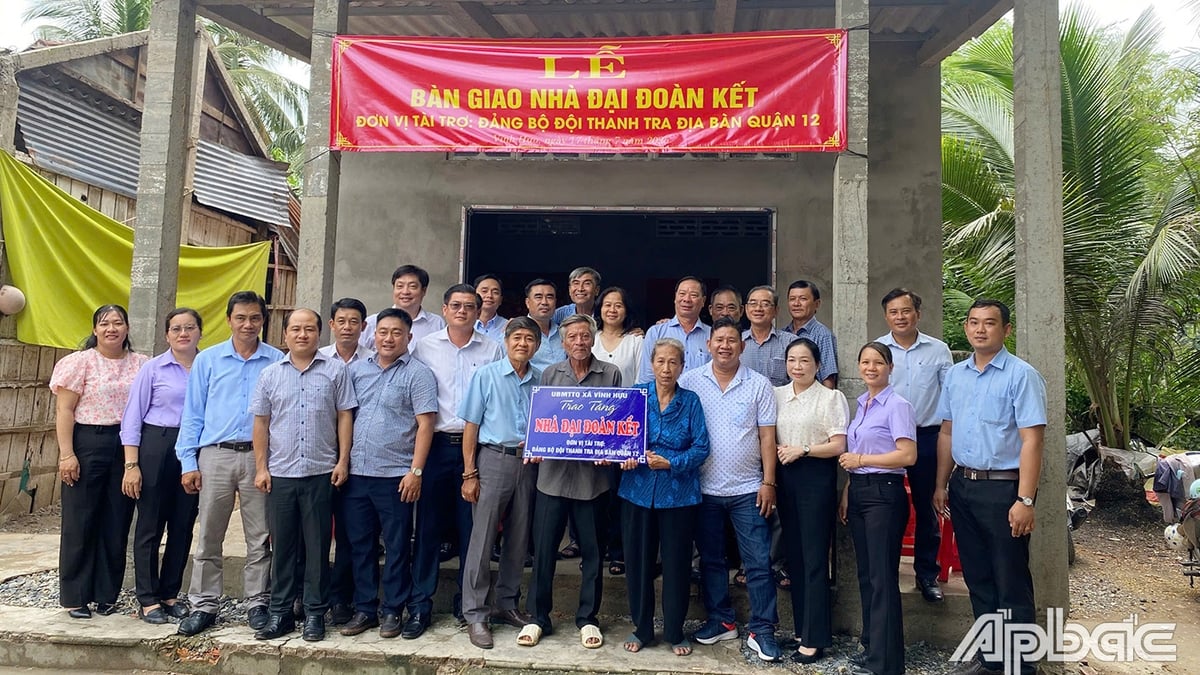
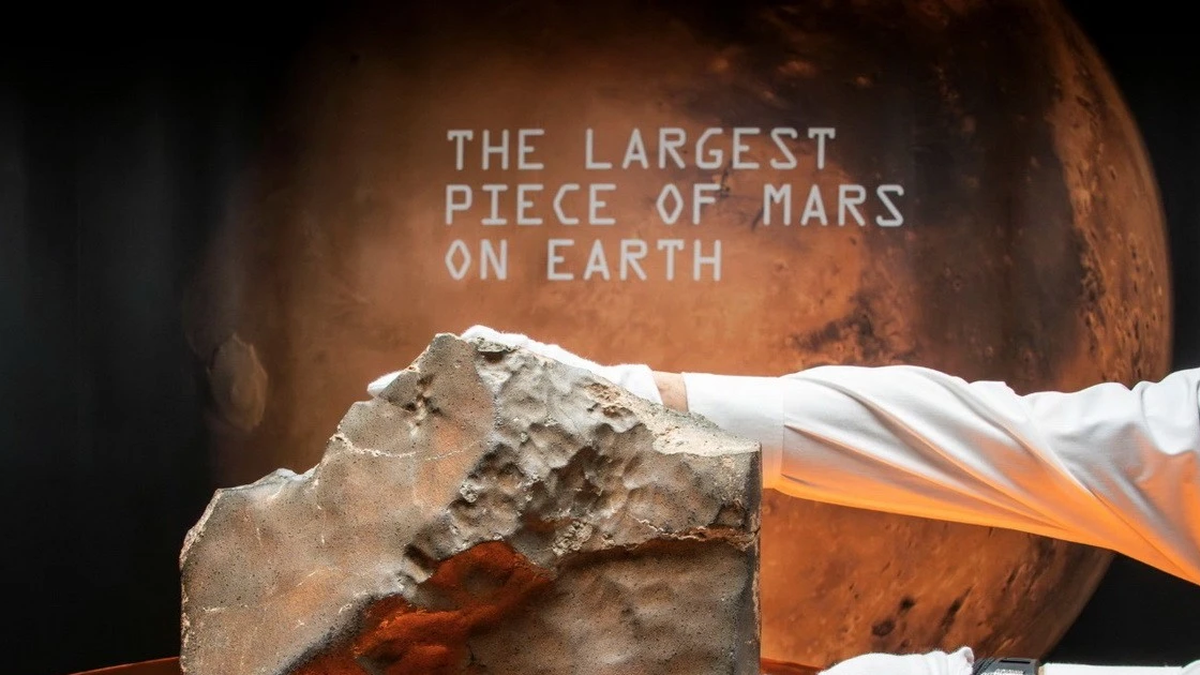




























































































Comment (0)